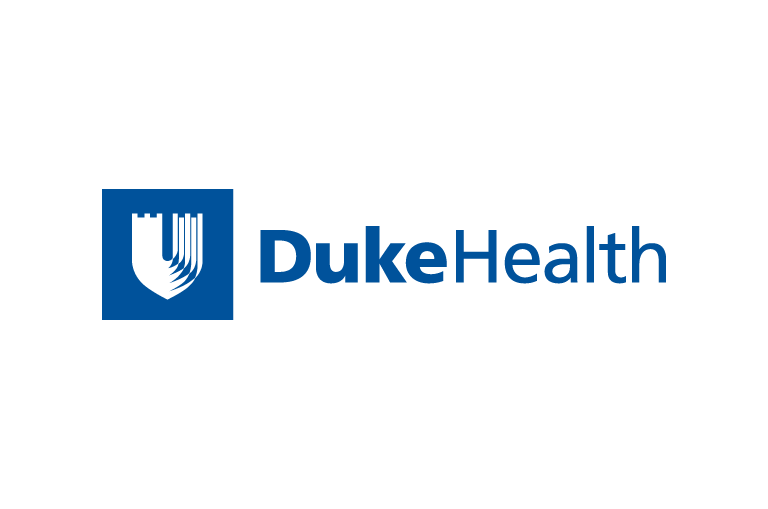News & Media Front Page
News & Media Front Page
Duke’s Poliovirus Study Finds That Less Is More
 From the corporate.dukehealth.org archives. Content may be out of date.
From the corporate.dukehealth.org archives. Content may be out of date.
DURHAM, N.C. – A modified poliovirus therapy that is showing promising results for patients with glioblastoma brain tumors works best at a low dosage, according to the research team at Duke’s Preston Robert Tisch Brain Tumor Center where the investigational therapy is being pioneered.
The dosage findings for the first 20 patients in the phase 1 trial will be presented at the American Society of Clinical Oncology annual meeting in Chicago at the end of the month (abstract #2068).
“The purpose of a phase 1 trial is to identify the optimal dose to minimize toxicity,” said Annick Desjardins, M.D., lead author of the presentation and director of clinical research at the brain tumor center in the Duke Cancer Institute. “Our trial design included escalating to higher doses, which is what is done with chemotherapy.
“For chemotherapy, we are trained to give the largest dose possible with acceptable toxicity, because that is how the drugs work to attack tumors,” Desjardins said. “But that does not appear to be necessary with our therapy, and in fact a lower dose attacks the tumor as well and results in fewer side effects.”
At the higher doses, Desjardins and colleagues report, inflammation at the tumor site increased the severity of side effects, including weakness and seizures. Patients required prolonged steroid use to reduce the inflammation, but this also dampened the immune response that the modified poliovirus is designed to initiate.
The research team has settled on a dose that is actually lower than the amount first tested, which the first study patient received in May 2012. That patient is still alive and has no regrowth of her tumor. Five patients have been enrolled in the trial at the lower dosage level, designated as minus one.
“We are now keeping to minus one,” Desjardins said. “Inflammation is much better at this level, and that’s what we want.”
Study authors report that the therapy appears to be safe, with side effects related to localized brain inflammation, including muscle weakness and paralysis, seizures, headaches, limb swelling and tingling, speech impairments, and headaches. Twelve of the first 20 patients treated remain alive, with the first and second patients more than 31 months post-treatment.
The median survival for glioblastoma patients is 14.6 months, according to the American Brain Tumor Association.
###
